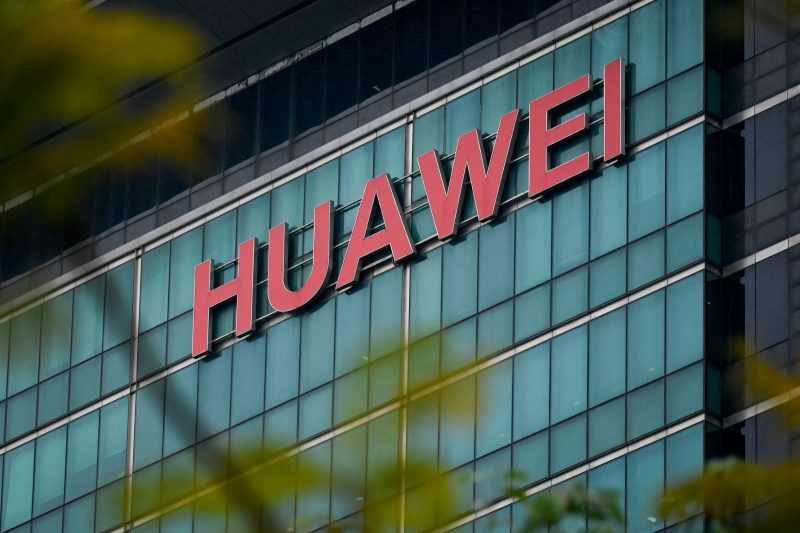US military chief warns over 5G development progress
The United States worries that allowing Chinese telecom giant Huawei to put its advanced 5G wireless technology in place around the world would become a security threat to the US and its allies (WANG ZHAO)
Washington (AFP) – America’s top military officer urged industry Thursday to strengthen efforts to build the next-generation wireless network based on 5G technology, saying armed forces security would depend on it.
Faced with a tough challenge in telecommunications development from China, General Joseph Dunford, chairman of the Joint Chiefs of Staff, said American industry “needs to step up and dominate 5G, because it will be in our national interest to do so.”
“If we don’t get out in front in that regard, we won’t be able to trust 5G and we’ll be at a competitive disadvantage,” Dunford told a forum at the Atlantic Council in Washington.
Systems based on 5G technology “have to be trusted,” he said, making the dependence on foreign technology — like that of market leading Chinese telecoms firm Huawei — a security risk.
“This is why I think American industry needs to step up and dominate 5G because it will be in our national interest to do so,” he added.
Dunford was alluding to negotiations between European countries and Huawei, which hopes its 5G technology, more advanced than its rivals, will be deployed around the world.
The US government though has deep suspicions that Huawei’s technology would offer the Chinese government the ability to monitor traffic, making it a security risk.
The US government has urged allies not to adopt the technology, pressuring Germany most recently to avoid it.
“Whether it’s 5G or not, today and in the future, our ability and our willingness to exchange information intelligence with partners is going to be based on their ability to protect that information,” Dunford said.
Disclaimer: This story is published from a syndicated feed. Siliconeer does not assume any liability for the above story. Validity of the above story is for 7 Days from original date of publishing. Content copyright AFP.


